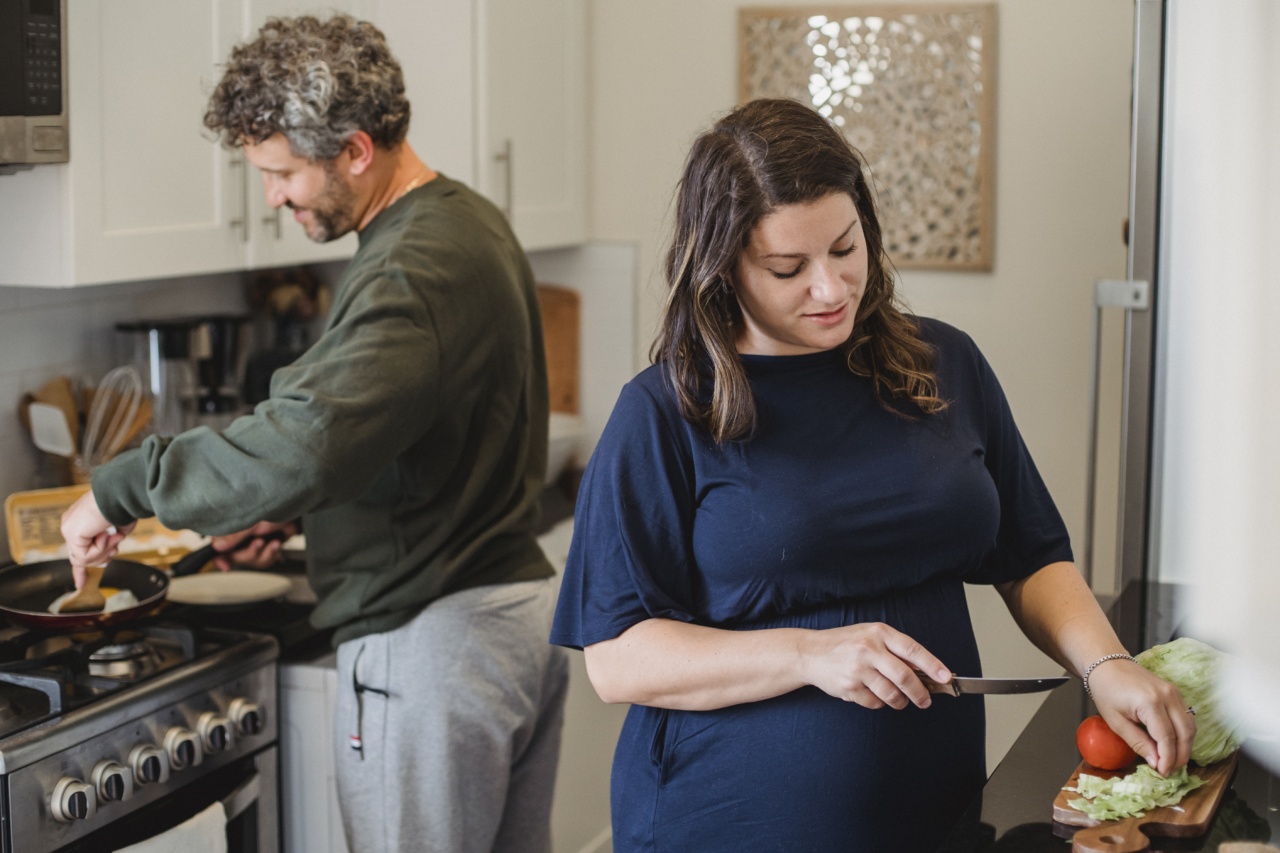Panic attacks are sudden, intense episodes of fear and anxiety that can be debilitating for those who experience them. They can be triggered by a number of factors, including stress, genetics, and lifestyle choices.
However, another factor that plays a significant role in the frequency and severity of panic attacks is diet. In this article, we will explore the relationship between diet and panic attacks, and offer tips for making dietary changes that can help you manage this condition.
What Are Panic Attacks?
A panic attack is a sudden episode of intense fear or discomfort that often comes out of the blue. It can be accompanied by physical symptoms such as sweating, shaking, chest pain, difficulty breathing, and a racing or pounding heartbeat.
Panic attacks can be triggered by various situations or events, or they can occur unexpectedly without any apparent cause.
Panic attacks are a symptom of panic disorder, which is a type of anxiety disorder.
Other symptoms of this condition include persistent worry or anxiety about future panic attacks, avoidance of situations that may trigger panic attacks, and feelings of intense nervousness or fear in social situations.
The Role of Diet in Panic Attacks
Diet can play a significant role in the onset and severity of panic attacks. Studies have shown that certain foods and beverages can trigger anxiety in some people, and that changes in diet can improve symptoms of anxiety disorders.
One of the most significant dietary factors that affects panic attacks is the consumption of caffeine. Caffeine is a stimulant that can increase heart rate, blood pressure, and feelings of anxiety.
For people who are prone to panic attacks, even small amounts of caffeine can trigger symptoms.
Other dietary factors that can trigger panic attacks include:
- High sugar intake
- Alcohol consumption
- Salty or processed foods
- Skipping meals or eating irregularly
On the other hand, some foods and beverages can help reduce symptoms of anxiety and panic attacks. These include:.
- Foods high in magnesium, such as leafy greens, nuts, and seeds
- Foods high in omega-3 fatty acids, such as fatty fish and flaxseed
- Green tea, which contains theanine, an amino acid that promotes relaxation
Tips for Managing Panic Attacks with Diet
If you experience panic attacks, making dietary changes can be an effective way to reduce the frequency and severity of symptoms. Here are some tips for managing panic attacks with diet:.
1. Reduce or eliminate caffeine
Caffeine is a powerful stimulant that can trigger panic attacks in some people. Try reducing your caffeine intake or eliminating it altogether to see if it improves your symptoms.
2. Eat regular, balanced meals
Skipping meals or eating irregularly can cause drops in blood sugar levels, which can trigger feelings of anxiety and panic. Eating regular, balanced meals can help stabilize blood sugar levels and reduce the likelihood of panic attacks.
3. Reduce sugar intake
High sugar intake can also cause fluctuations in blood sugar levels, which can trigger anxiety and panic. Try reducing your intake of sugary foods and beverages to see if it improves your symptoms.
4. Choose whole, nutrient-dense foods
Choosing whole, nutrient-dense foods such as fruits, vegetables, lean proteins, and whole grains can help stabilize blood sugar levels and provide the nutrients your body needs to manage stress and anxiety.
5. Include foods high in magnesium and omega-3s
Foods that are high in magnesium and omega-3 fatty acids can help reduce symptoms of anxiety and panic attacks. Include foods such as leafy greens, nuts, seeds, fatty fish, and flaxseed in your diet on a regular basis.
Conclusion
Panic attacks can be a debilitating condition for those who experience them. While there are many factors that contribute to the onset and severity of panic attacks, diet is one that is often overlooked.
Making small dietary changes such as reducing caffeine intake and including more whole, nutrient-dense foods can be an effective way to manage symptoms of panic attacks and improve overall mental health and wellbeing.






















